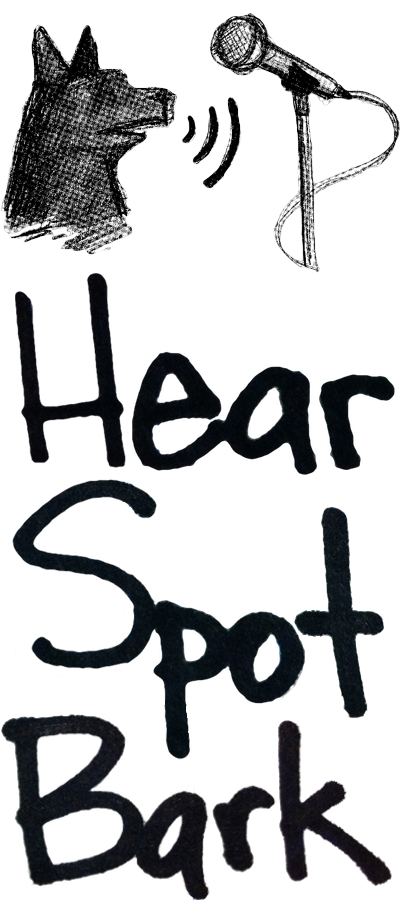For the past 6 months, I've been a freelance sound editor and sound engineer/mixer. Previous to that, I've usually found myself working for one company or another as a full-time employee. One of the great things about my work has been the ability to work from my home studio most of the time (for some reason, they won't let me mix a live show from home… go figure). There are a few reasons why this is so great, and though I don't have any specific empirical data to prove it, I feel like it's a much healthier way to work.
First: I don't have a commute. Well, unless you count the walk out my backdoor, coffee cup in hand, into the garage and into my studio. Main benefit: time savings (anywhere from 20 to 60 minutes one-way). Secondary benefit: stress reduction. I'm not going to tell you anything you don't already know, but people behind the wheels of cars are jerks. Yes, I'm guilty, too. I used to drive several different non-freeway routes through LA which added anywhere from 5-10 minutes to my drive just because there were fewer people on those roads. I can't tell you how much more relaxed I am not making a drive in rush hour traffic anymore. Of course, I could get a gig in the future that does require me to work at an office or studio lot, so I'll have to consider all the other potential factors that would go with a gig. Live sound jobs, of course, require me to travel to the performance venue, which can vary greatly in it's distance and time required for commuting.
Second: I'm not trapped by a clock. Main benefit: my most productive hours are my most productive hours. Sure, I keep pretty standard work hours, because the people I work for do, too, but as long as my work is done on time, nobody is watching to see that I'm working when I'm "supposed" to be working. It also has freed up my wife to pursue her passions of working with children (besides our own, that is) and her acting career. If she gets notice of an audition or shoot in the middle of a Tuesday, I can simply take those hours off to watch our kids (they're not in school yet full time), and shift my schedule accordingly, to find the time I need throughout the week. Again, as long as the work is done on time, I'm good. Secondary benefit: more physically active work day. Sound editors are generally stuck at a desk with a computer, like a lot of people are these days. The fact that I don't have to cram my work into 8 or 10 specific hours means that when I get restless or stuck on a problematic sequence, I can get up. Walk around. Go outside. Do some push-ups. Do something, anything, besides staring at that screen or that problem. If it takes a little bit longer, I can add that time on to the end of my day without a lot of downside, because again, I'm already home. I don't feel the need to shut down to beat traffic so I can be home at a decent time. Sure, sometimes I head back out to work after dinner, but the trade off is worth it to me.
Now, of course I could write an entire post about the drawbacks to being freelance, and perhaps I will someday. Mostly it comes down to responsibility and the unpredictable nature of my business. Projects tend to not last very long, can be canceled with little notice, and are generally subject to the same economic whims as a lot of other industries. But all things considered, I'm doing what I love to do, I get to have a lot of fun to go along with the hard work, and a lot of people get to enjoy the fruits of my labor.








